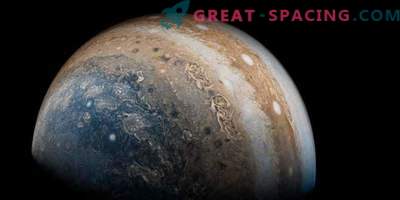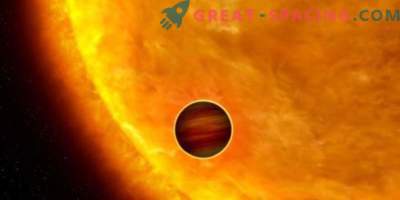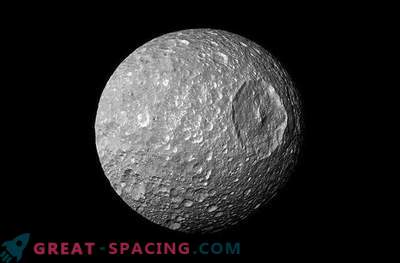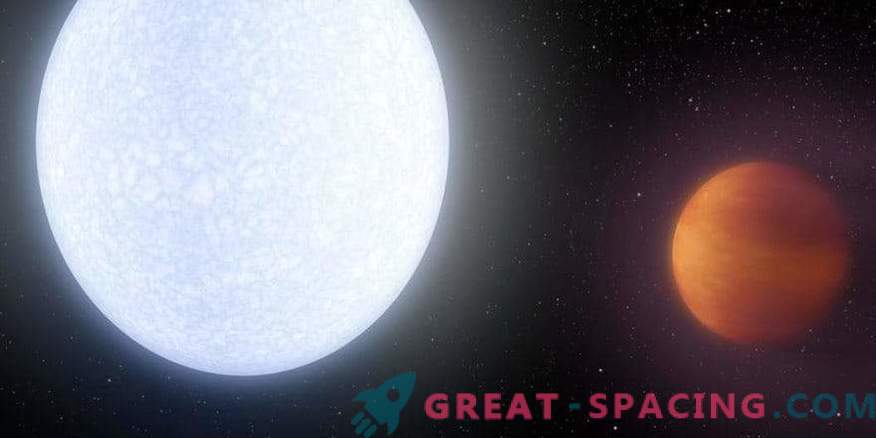
KELT-9B - the hottest planet
Scientists are hunting for planets located outside of our system. Sometimes there are worlds that amaze with their features. Here are the seven most extreme, who managed to distinguish themselves in their category.
The Hottest
This criterion depends on the distance of the planet from the host star. In our system, this role is assigned to Mercury, where the temperature rises to 430 ° C. But stellar heating also plays an important role. For example, the KELT-9 star is 2.5 times larger than the Sun, and its planet KELT-9b travels the orbital path in 1.5 days (Mercury has 88). Because of this, the temperature on the planet rises to 4300 ° C! With such intensity, Mercury would simply melt from one lava drop.
The coldest
With a score of -223 ° C, the prize takes OGLE-2005-BLG-390Lb. It is 5.5 times the Earth’s mass and is also a rocky planet. It is located not far from its star (as between Mars and Jupiter), but it is a red dwarf.

Frozen Earth-Type Planet OGLE-2005-BLG-390Lb
Largest
If a planet can have the same heat as a star, then what is the difference between them? Most often the stars are much more massive and activate a nuclear reaction, which the planets lack. However, there are stars like brown dwarfs that can begin to merge, but are not able to support it. Among them, we can recall J08230313-4912012 b, whose mass is 28.5 times greater than Jupiter. The NASA archive is the first massive planet. Its scale is amazing, so there is still controversy, because some insist on the status of a star.
Smallest
Surprisingly, Kepler-37b only slightly exceeds the size of our moon. Here is the most tiny exoplanet. This is a rocky object, located closer to the star than Mercury to the Sun. It means that it is too hot and is not capable of possessing liquid water on the surface.
Most ancient
Respect the old woman PSR B1620-26 b, whose age has passed for 12.7 billion years. This is a gas giant, exceeding the mass of Jupiter by 2.5 times. Just do not forget that the universe age is 13.8 billion years old.
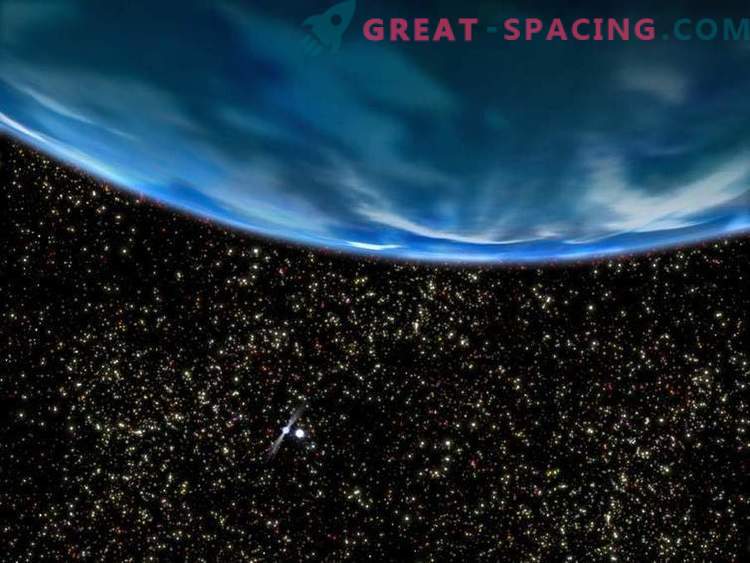
Artistic interpretation of the largest planet
Interestingly, PSR B1620-26 b revolves around two main stars and it literally survived them. The fact is that a white dwarf and a neutron star live in the system (both were formed after the death of the original stars).
The youngest
V830 Taurus should blow out 2 million candles on a birthday cake. Its mass star resembles ours, but its radius is twice as large. The planet is a gas giant, reaching 3/4 of the mass of Jupiter.
Terrible weather conditions
Unfortunately, exoplanets are located far away, therefore in this category we can give a prize place to the representative of the Solar system. It seems that Jupiter with its swirling hurricanes must break free. But Venus has become a leader, shrouded in sulfur clouds.
Its atmospheric layer is in motion ahead of the planetary rotation, and the wind accelerates to 360 km / h. Atmosphere density is more than 100 times Earth's and 95% carbon dioxide. Due to the greenhouse effect, the temperature rises to 462 ° C.










